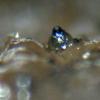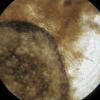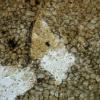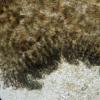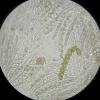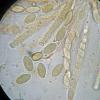
10-05-2013 20:20
Dear friends Today I have collected on branches o

11-05-2013 10:45
 Maren Kamke
Maren Kamke
Hello,I need your help once more.I found this fung

09-05-2013 12:48
 Joop van der Lee
Joop van der Lee
Found on horse dungAsci: 137.74-162.05x19.30-22.77

09-05-2013 13:55
 Javier Retamino Hernandez
Javier Retamino Hernandez
Hola a todosQuiero consultaros sobre una pequeña

09-05-2013 10:52
 Maren Kamke
Maren Kamke
Hello,I need your help with a strange asco, which

07-05-2013 17:09
 Joop van der Lee
Joop van der Lee
Found on horse dung.Excuses for the photo's they
sordaria?
hannie wijers,
12-05-2013 17:51
Hello,
Just as the other topic I posted I couldn't find any dark spores in the frb. Though the spores are larger as the other could this be a different kind or am I wrong?
Asci 165-190 µm and spores 25-26x13-14 µm, also on horsedung. Melzer J-
Thanks Hannie
Michel Delpont,
12-05-2013 18:09

Re : sordaria?
Probably also a Sordaria, but it lacks the same information.
Michel
Michel

